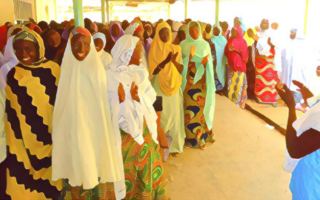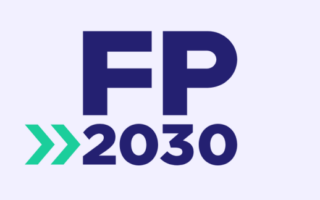
The Population Council works with the Nigerian government and partners to strengthen the country’s response to gender-based violence (GBV) through a bottom-up community data-generation and validation strategy, as well as the development of an innovative central reporting and data visualization platform for real-time data on GBV in the country.
The Council works closely with the Federal and State Ministries of Women Affairs to institute an innovative monitoring and evaluation system to allow for efficient reporting of violence against women and girls (VAWG) and to strengthen measurement and methodologies for data collation in Nigeria.
The key objectives of this data management system include:
- Improve and strengthen measurement and methodologies for VAWG data collation in Nigeria
- Strengthen the capacity of national, state, and local governmental institutions and data-gathering organizations to collect disaggregated VAWG data in line with international standards
- Make disaggregated data (e.g., age, location, socioeconomic status, disability) user-friendly and accessible
- Disseminate user-friendly data to decisionmakers and program implementers to shape context-specific evidence-based programming and policy response in Nigeria
The Council is a partner to the United Nations Development Program on the Spotlight Initiative project, a global multiyear partnership between the European Union and United Nations to eliminate all forms of VAWG by 2030.
Through this EU-UN Spotlight Initiative, the Council supports the Federal Ministry of Women Affairs (FMWA) to set up a VAWG Situation Room and data dashboard. A physical hub embedded within the ministry hosts the data management infrastructure, including collation, analytics, monitoring, and an innovative online reporting platform.
The dashboard is a novel, user-friendly platform that was designed to allow for the systematic collation of GBV data through a bottom-up approach from the community to the state and the national level. It provides timely analytics and real-time visualization of validated data on GBV from various sources across the country, which can be used for GBV surveillance and response.




